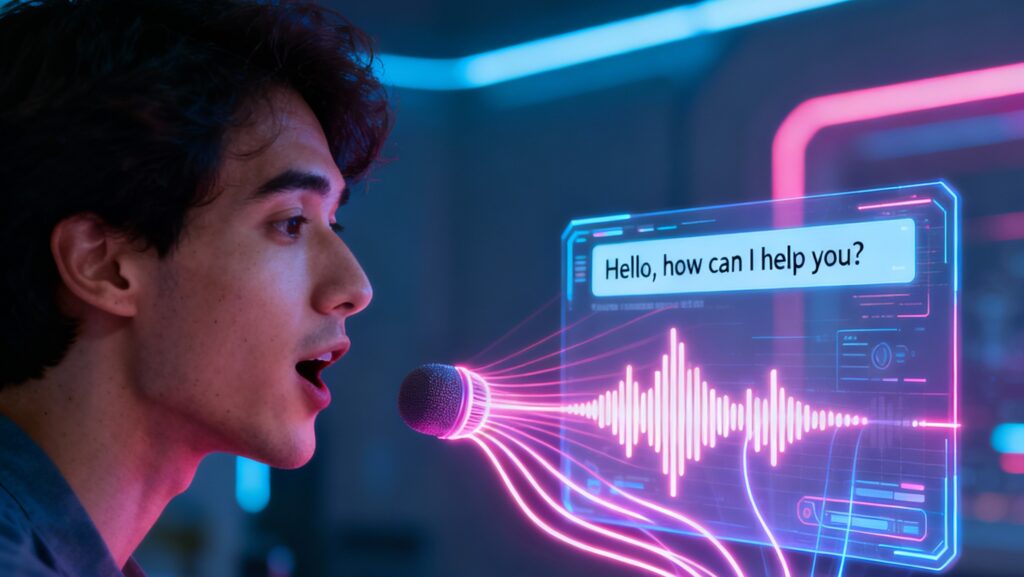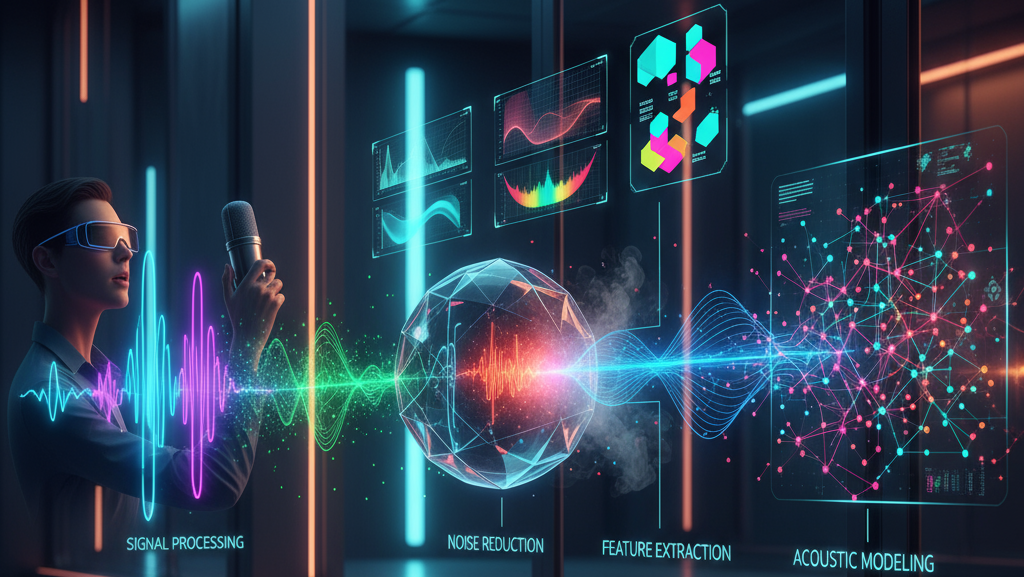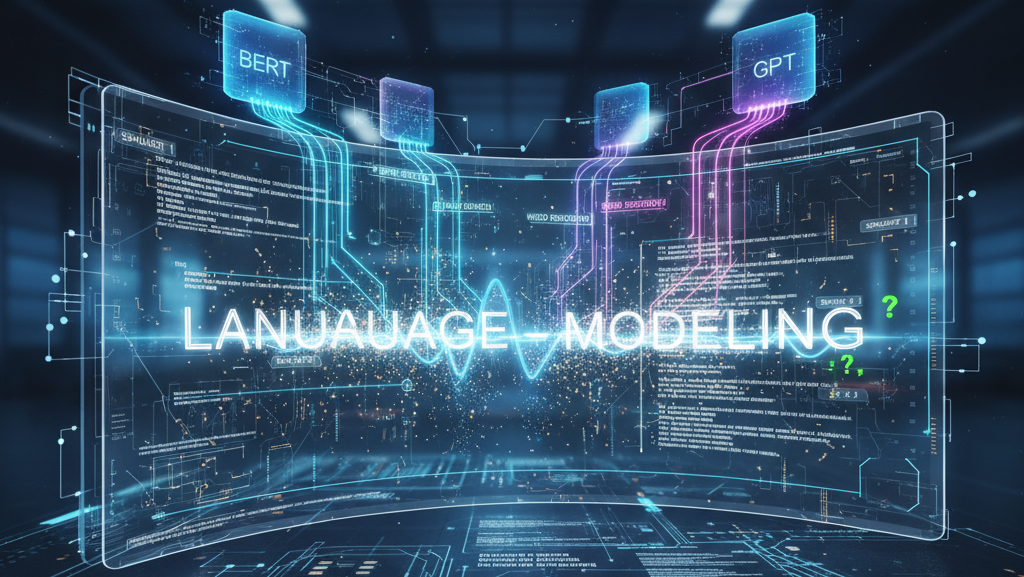What is Automatic Speech Recognition (ASR)?

Automatic Speech Recognition (ASR) technology converts spoken language into written text, either in real time or from recordings. It powers voice assistants, dictation tools, voice commands, and transcription services. By analyzing acoustic signals and transforming them into meaningful text, ASR allows machines to interpret human speech, enabling more natural, hands-free interaction between humans and computers. This technology bridges the gap between spoken communication and digital systems efficiently.
How Does ASR Work?
Automatic Speech Recognition (ASR) systems convert spoken language into text using signal processing, machine learning, and natural language processing techniques. The workflow begins with audio input, capturing speech through a microphone or uploaded file, digitizing it, and enhancing it with noise reduction filters. Next, feature extraction identifies key acoustic properties, like MFCCs or spectrograms, which help distinguish phonemes. These features feed into acoustic models, traditionally HMMs but now often DNNs, LSTMs, or Transformers.


Following acoustic modeling, language models predict the most likely word sequences from the audio input, leveraging statistical or pretrained models like BERT and GPT. Decoding combines acoustic and language models to generate accurate transcriptions using beam search or similar algorithms. Post-processing refines output by adding punctuation, capitalization, formatting, error correction, speaker diarization, and timestamps, ensuring readable, contextually accurate text for applications in transcription, voice commands, and NLP tasks.

